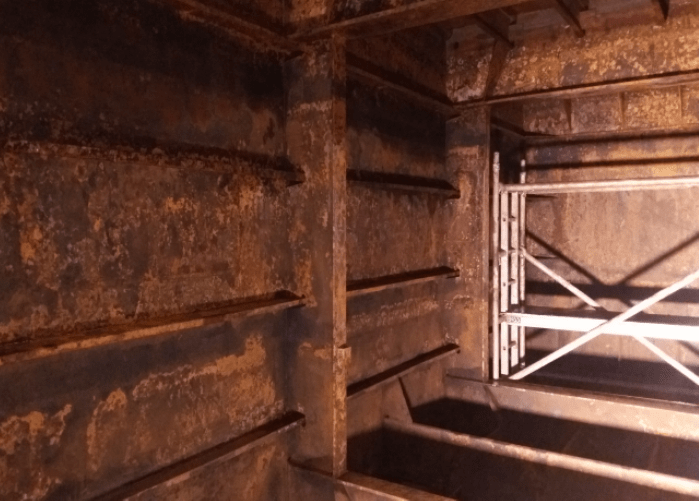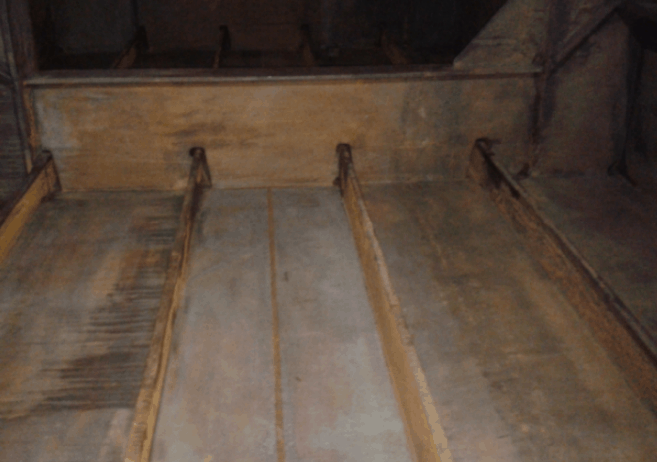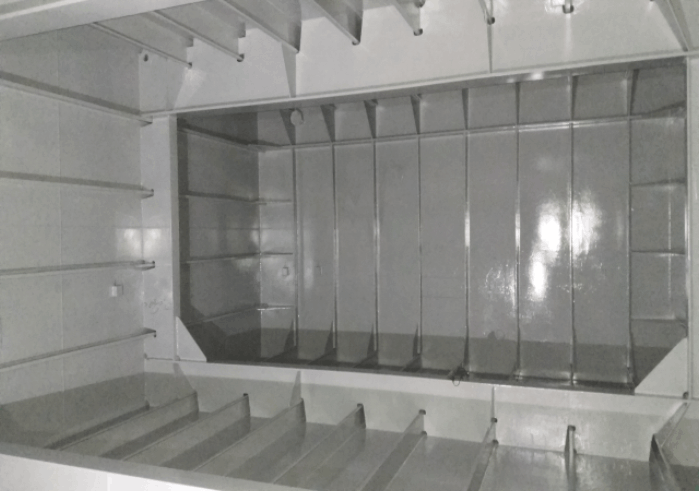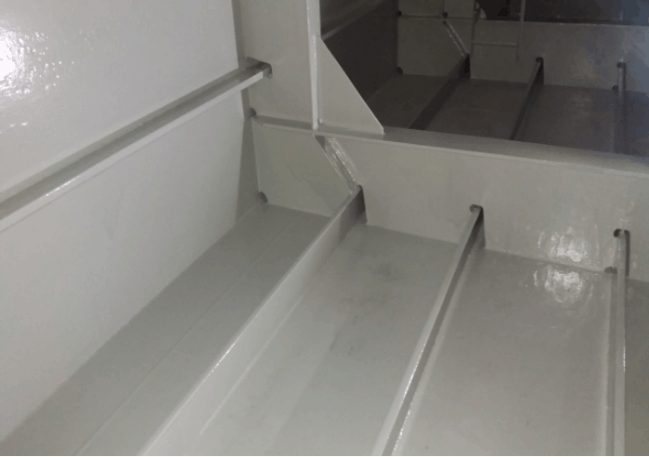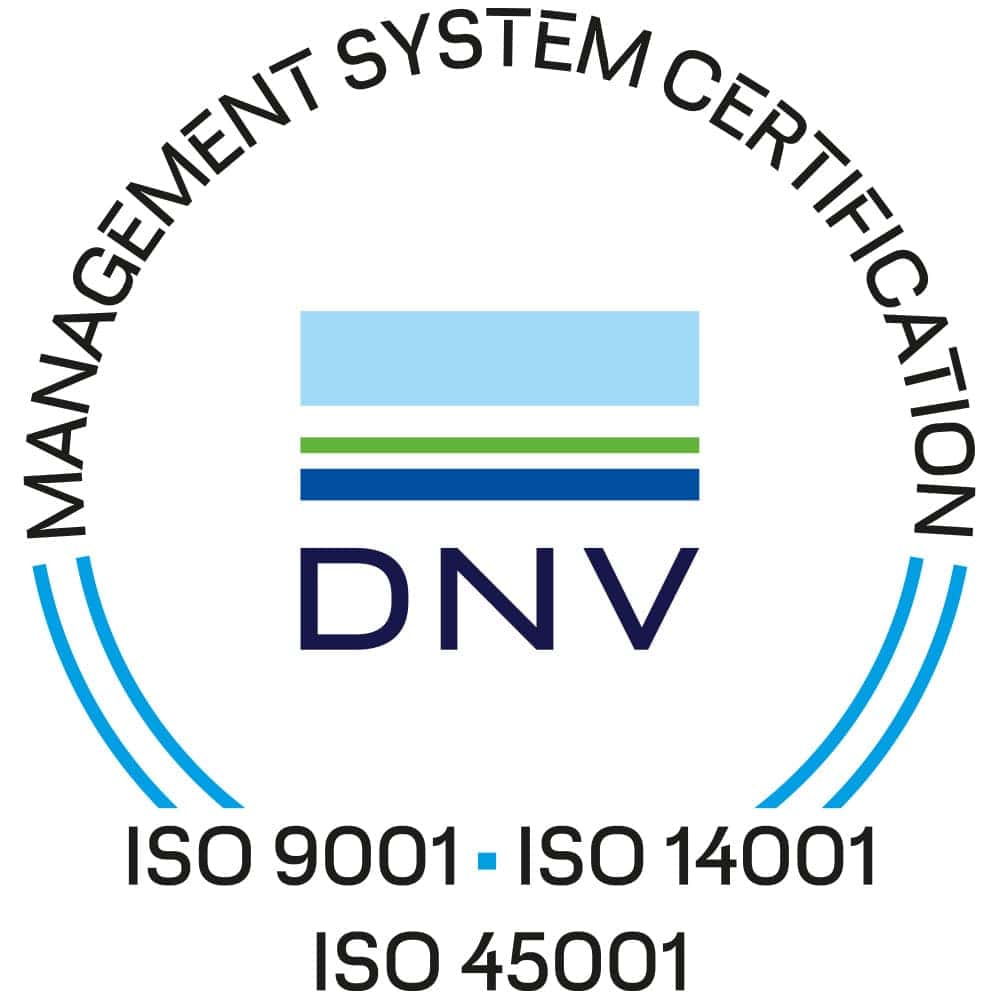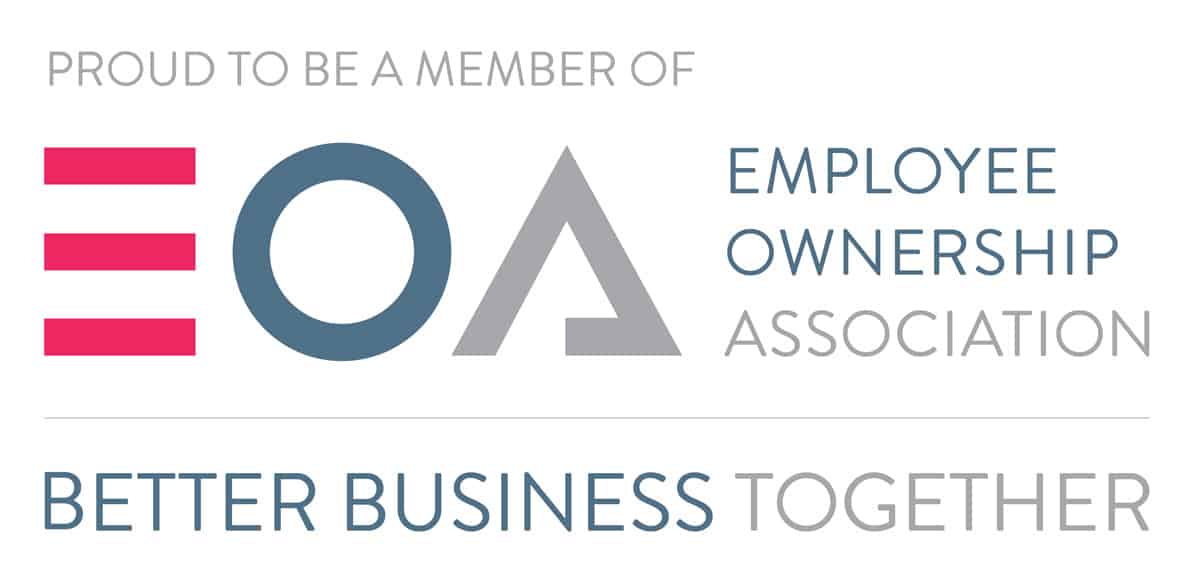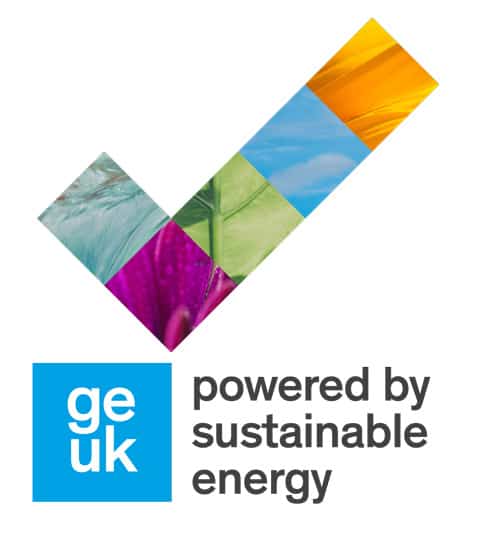NEWS
Chemco Complete Canary Wharf Repair Project
For many years, the marine industry has been searching for a time, cost and environmentally efficient solution for preparing and coating tanks on barges.
As barges often must remain in situ during refurbishment work, and commonly in densely populated areas, the use of traditional solvent-based paints leads to some considerable issues. These include the release of harmful and unpleasant odours, the need for extensive and complex project equipment, and the partial or complete shutdown to nearby operations.
In 2015, the Canary Wharf pier, located in central London, required to have its ballast tanks refurbished as they were suffering from considerable corrosion damage.
Chemco were tasked with providing a long-term, maintenance-free coating solution that would ensure practical efficiencies and savings that couldn’t be achieved using conventional paints.
With over 100,000 people working daily in Canary Wharf, the entire project had to be completed without causing disruption to nearby restaurants, hotels and office buildings. Grit blasting, and the use of solvent-based paints, were therefore not permissible and an alternative system had to be sought. Chemco were able to satisfy both the surface preparation and coating requirements.
The ballast tanks were water-jetted to WJ-3 standards, before one stripe coat and one full coat of solvent-free, wet & rust tolerant epoxy Epo-chem™ RS 500P were then applied. Areas of deep pitting were then filled with solvent-free, ceramic protective filler Ceram-chem™ RH 500 due to its specific protective capabilities within high fluid flow environments. The application process was completed with one topcoat of solvent-free, wet tolerant glassflake epoxy Epo-chem™ RA 500M.
This specific coating system – and its many distinct benefits – ensured the project was completed on time and within budget.
These benefits include:
- Solvent-free
- Wet & rust tolerant
- No grit blasting required
- No disruption to populated surrounding areas
- Significantly reduced Health & Safety risk and Fire Hazard
- No environmental damage
- No humidity or dew point restrictions
- No recoating limitations
- Quick back-in-service times
- Long-term maintenance-free protection
To learn more, please visit our Ballast Tank Coatings page.
Related Products…
Contact Our Specialist Coating Advisors…
Our coating specialists can suggest the right solution for your specific application.

